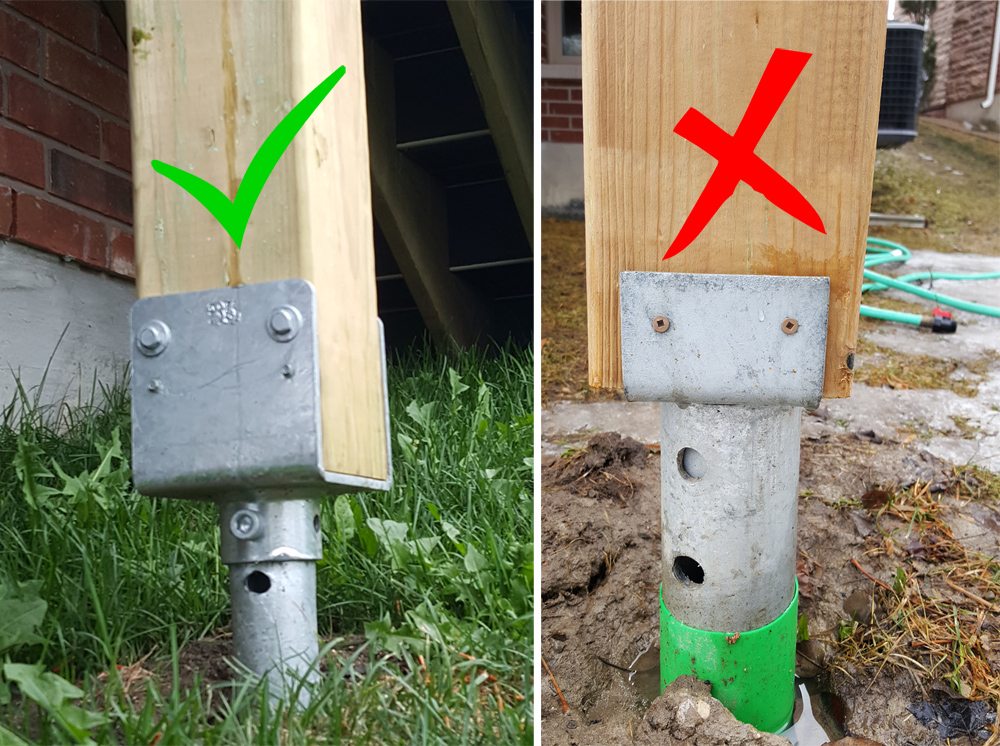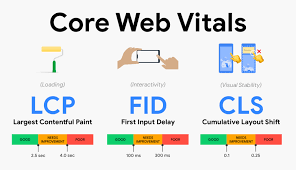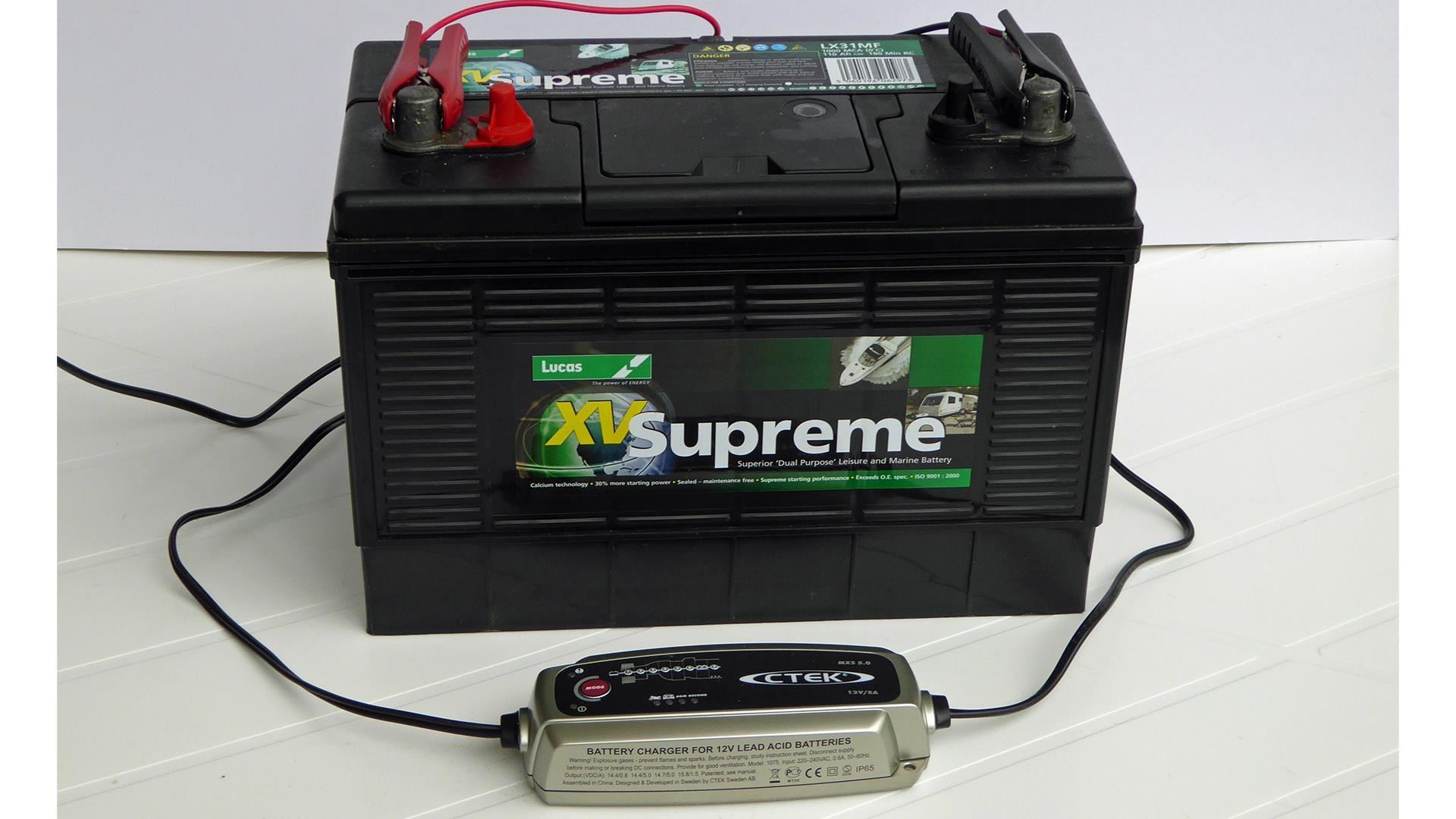Building Strong Foundations: Helical Piles vs. Concrete Footings

When it comes to building a structure that will stand the test of time, the foundation is everything. Whether you’re constructing a deck, a cottage, or an addition to your home, the decision between using helical piles and concrete footings can make or break the project’s longevity, cost-effectiveness, and overall performance. Both systems have their strengths, but they also carry significant differences in terms of installation, durability, and environmental impact.
For homeowners, contractors, and developers alike, choosing the right option isn’t just about upfront cost — it’s about understanding the long-term implications of each method. That’s where looking at modern solutions like Professional Screw Pile Installation alongside traditional concrete footings becomes essential.
What Makes a Foundation Successful?
A good foundation does more than hold up a structure. It distributes weight evenly, resists environmental stresses, and maintains stability despite shifting soil conditions. In Canada, with its varied soil types and climate extremes, the importance of a strong, adaptable foundation is even more pronounced. Frost heave, water saturation, and clay-rich soils all present unique challenges that must be considered before digging the first hole.
Both helical piles and concrete footings are designed to anchor structures, but how they achieve stability — and how they perform over time — is very different.
Understanding Helical Piles
Helical piles, often called screw piles, are steel shafts with helix-shaped blades that are literally screwed into the ground using specialized machinery. Once installed, they act like giant screws, anchoring the structure deep into stable soil layers. Their capacity can be verified during installation, offering immediate confirmation of load-bearing strength.
One of the biggest advantages is that they don’t require curing time. As soon as they’re in place, construction can move forward, saving days or even weeks on a project timeline. They also work exceptionally well in areas where soil conditions are less predictable.
Understanding Concrete Footings
Concrete footings are the long-standing traditional choice. Typically, they involve digging a hole or trench, pouring in reinforced concrete, and waiting for it to cure before building on top. The weight of the structure is spread across the hardened concrete pad, creating a stable base.
While proven and reliable, concrete footings require more site preparation, including excavation, formwork, and the right weather conditions to ensure proper curing. In cold climates or regions with high groundwater, extra measures like deeper digging or waterproofing may be necessary, driving up costs and timelines.
Installation: Speed and Precision Matter
The installation process highlights one of the starkest contrasts between the two systems. Screw piles are driven into the ground in a matter of hours, with minimal soil disturbance and no need for curing. Construction can begin immediately after installation, making them a favourite for projects with tight deadlines.
Concrete footings, in comparison, are a multi-step process. Excavation must be done carefully, forms set in place, concrete mixed and poured, and then left to cure — often several days depending on conditions. Delays are common if weather turns cold or wet, since curing times are heavily affected by moisture and temperature.
Performance in Canadian Climates
Canada’s harsh winters are unforgiving on poorly designed foundations. Frost heave, caused when water in the soil freezes and expands, is notorious for shifting concrete footings, leading to cracks and structural instability. Unless footings are placed well below the frost line, they remain vulnerable to seasonal changes.
Helical piles are less susceptible to these issues because they can be installed deep into frost-free zones, effectively bypassing the problem altogether. Their steel composition and engineered coatings also provide added durability against corrosion, making them reliable even in wet or unstable soils.
Environmental Considerations
Sustainability has become a key factor in construction decisions. Helical piles are often considered more eco-friendly because they require no excavation, no large concrete pours, and little disruption to surrounding soil. The piles can also be removed and reused if a structure is ever relocated, reducing waste.
Concrete, on the other hand, is energy-intensive to produce and leaves a significant carbon footprint. The excavation process also displaces soil and vegetation, which can disrupt natural ecosystems. While concrete footings can last decades, their initial impact is far greater compared to screw pile alternatives.
Cost Over the Long Term
At first glance, concrete footings may appear cheaper. The materials themselves — primarily cement, gravel, and rebar — are relatively inexpensive compared to steel. However, when factoring in excavation costs, longer project timelines, and potential issues with frost or soil instability, the overall expense can escalate quickly.
Helical piles may carry a higher upfront installation cost due to specialized equipment, but they often save money in reduced labour, faster timelines, and fewer repairs down the line. For projects in challenging soils, the ability to guarantee load capacity during installation is a financial advantage that reduces risk.
Adaptability and Versatility
Not all building sites are created equal. Rocky terrain, high water tables, and restricted-access sites can make construction especially difficult. Screw piles excel in these conditions because they can be installed with small, manoeuvrable equipment and don’t require large excavations. This makes them suitable for decks, boardwalks, additions, and even larger structures in sensitive or hard-to-reach areas.
Concrete footings, however, are limited by the site’s accessibility. Large equipment, excavation space, and formwork are often required, which isn’t always feasible in tight or environmentally protected areas.
Which Foundation Is Right for You?
The decision ultimately comes down to project goals, soil conditions, and budget. For smaller structures in stable soil, concrete footings may still be a solid choice. They’ve been used for decades and can provide a reliable base if installed properly.
However, for projects facing challenging soils, harsh weather conditions, or tight deadlines, helical piles often prove to be the superior option. Their adaptability, speed, and performance under load make them a forward-looking solution in modern construction.
Final Thoughts on Choosing the Right Foundation
Building a structure is about more than walls and a roof — it’s about ensuring everything rests on a solid, dependable base. While concrete footings remain a tried-and-true method, the flexibility and performance of screw piles have made them increasingly popular in both residential and commercial projects across Canada.
When considering your next project, think beyond the immediate budget and weigh the long-term stability, adaptability, and environmental impact of each option. Choosing wisely at the foundation stage means fewer headaches down the road — and a structure that stands strong for decades to come.




